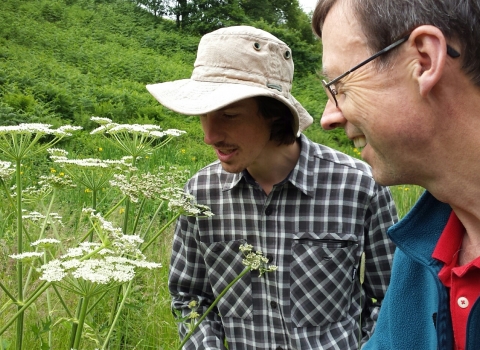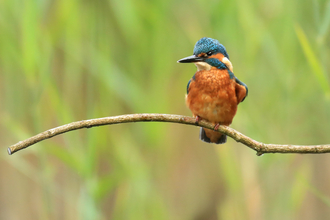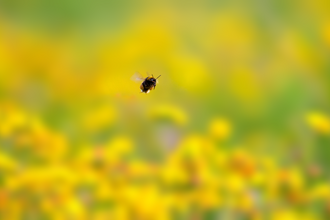What is wildlife recording and why is it important?
Wildlife recording doesn't have to be technical or use specialist equipment, it's simply making a record of the wildlife you see. Your records could be kept as paper lists, spreadsheets, pictures, videos, or even audio recordings.
Recording wildlife is a wonderful way to connect with your local nature. Over time, you'll gain a deep understanding of how the plants and animals around you respond to seasonal changes, when certain species tend to emerge and even when something might be wrong in the wider environment.
This is exactly why wildlife recording is so important for wider nature conservation. It helps us understand how wildlife is faring in our region, when it needs our help and when it might be affected by things like pollution and climate change. By submitting your records to your local record centre, they can then be used to inform decision-making, educate the community, carry out research and even inform local planning.
How to record wildlife
The best place to send your wildlife records is to your local wildlife record centre, we work closely with the local record centres in our region to inform our conservation work. Follow the links below to submit your wildlife records:
- Lancashire - Lancashire Environmental Record Centre
- Greater Manchester - Greater Manchester Local Record Centre
- North Merseyside (including Sefton, Liverpool, Knowsley and St Helens) - Merseyside BioBank
Latest sightings and wildlife recording news
Discover the wildlife that has been spotted across our region recently.
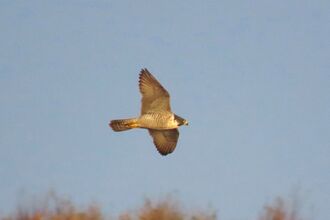
Latest Wildlife Sightings - November 2025
The cold snaps of winter do not mean less wonderful wildlife moments. Our nature reserves are still a hive of life and we love it when…
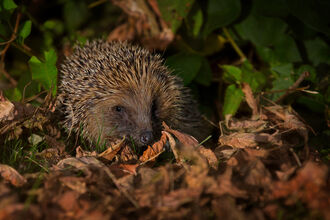
Hedgehog survey results 2025
We ran our annual Hedgehog Hotspots survey again this autumn, now in its seventh year. Here's what your sightings showed us about…
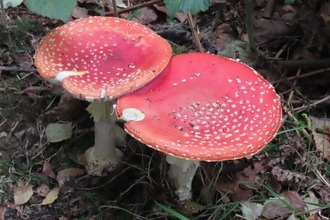
Latest Wildlife Sightings - October
Nature in October sends us a riot of colour and woodland treasures to discover across our reserves. Our visitors and fellow wildlife…

